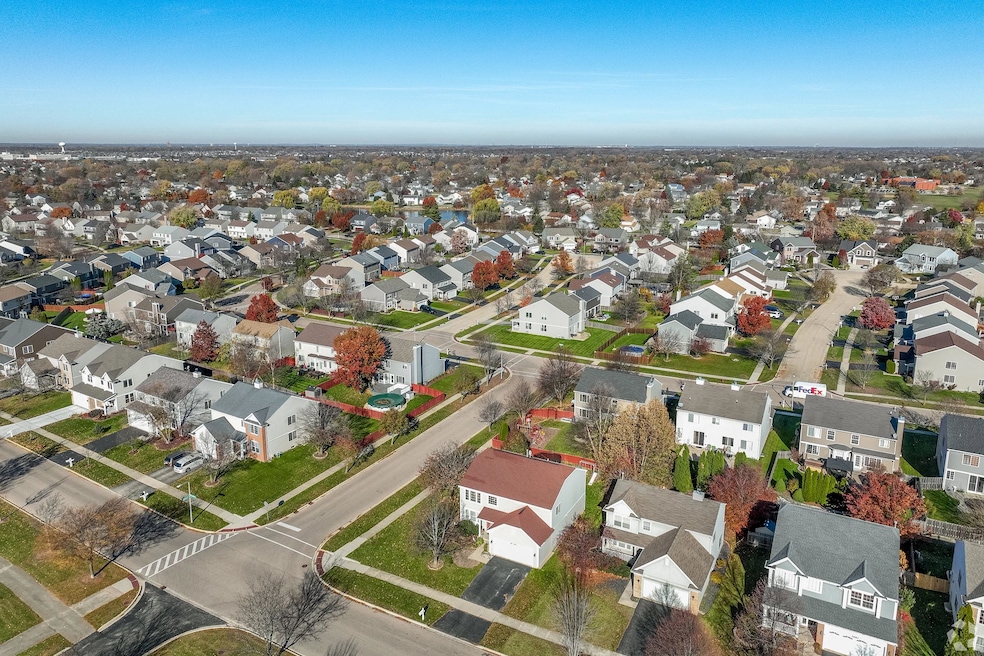Like much of the country, Illinois has a significant housing shortage, and according to a new report, the state needs to build 227,000 housing units of all types in the next five years to keep pace with demand.
The projected lack of homes has been spurred by job growth, a slow pace of new construction and low existing inventory, said report authors from the Illinois Economic Policy Institute and Project for Middle Class Renewal at the University of Illinois at Urbana-Champaign.
Keeping up with the law of supply and demand — where high demand and low supply increase prices — this shortage of units has also caused an affordability challenge for Illinois residents, the report said.
The housing shortage is not unique to the state. The country as a whole is short several million housing units, ranging from 1.5 million estimated by the National Association of Home Builders to the 5.5 million estimated by the National Association of Realtors.
But in Illinois, the shortage currently stands at 142,000 homes today, and it is estimated to worsen over the next five years, requiring 227,000 more housing units or 45,000 new homes annually, the report suggests.
To calculate the housing shortage, the economists compared 10-year average vacancy rates — the share of housing units available and unoccupied — nationally and statewide to Illinois’ 5 million households, while factoring in a “pent-up demand” factor.
That pent-up demand identifies how many individuals aged 35 to 64 live with nonrelatives, assuming Illinois residents in this age bracket live with roommates due to affordability concerns and housing availability. That’s then added to the vacancy rate finding.
Underbuilding is to blame
The primary contributor to the state’s housing shortage is underbuilding, according to the report. While developers and builders increased the rate of new construction over the past 10 years to meet demand nationally, Illinois did the opposite.
An average of 1.5 million units were built between 2020 and 2024 across the United States, an uptick from the country’s pace of construction from 2015 to 2019.
From 2015 through 2019, an average of 22,000 housing units were built each year in Illinois. After the pandemic, the number declined to an average of 19,000 between 2020 and 2024. Within the recent low years, 2023 saw the most significant drop, with fewer than 17,000 new housing units approved, a 10-year record low. Construction must double to meet demand, the report said.
It’s a flurry of different factors mixing to create a high housing demand in the state, while construction remains challenging on homebuilders.
“Builders are not unwilling to build. They are held back by a complex mix of regulatory, financial, and logistical hurdles,” said Cheryl Lee of CL Design Build, a custom home builder and president of the Northern Illinois Home Builders Association. “The goal of 227,000 new units is ambitious but achievable with meaningful policy change and real-world implementation support.
The housing issue is exacerbated by an increase in jobs and population, increasing demand and prices amid a low pace of construction.
A 1% increase in employment growth between 2019 and 2024, for example, was associated with a 3% increase in home prices, according to the report. There’s been a 9% increase in employed people in Illinois since 2010.
Legislative action to boost construction
The report does offer several regulation-focused changes to ease the housing strain and help builders construct more units, such as ending exclusionary single-family zoning and reforming minimum parking requirements.
Both regulations have been considered in the state and individual cities, and also beyond Illinois.
Illinois lawmakers proposed House Bill 1814 in January to stop zoning for solely single-family homes, opening lots up for construction of multifamily buildings, such as two-flats and four-unit buildings that typically offer more attainable pricing than a single-family home. Evanston, a city north of Chicago, has been toying with the same change.
Senate Bill 2352, deemed the “People Over Parking Act” was filed in February to end parking minimums on a development project if located near a public transportation hub. Parking requirements typically force developers to use land for garages or parking lots rather than creating additional housing.
The authors also suggest fast-tracking permits, which Lee said would make a “huge difference,” and says easing zoning restrictions "is a must.”
Other suggestions in the report include offering tax incentives for converting commercial buildings to residential units; offering low-interest loan programs for affordable housing developers; set up funding for private developers and nonprofits for affordable housing creation; increase taxes on short-term rentals; and ensure registered trade apprentices work on housing projects.

